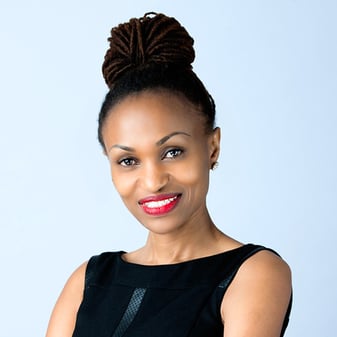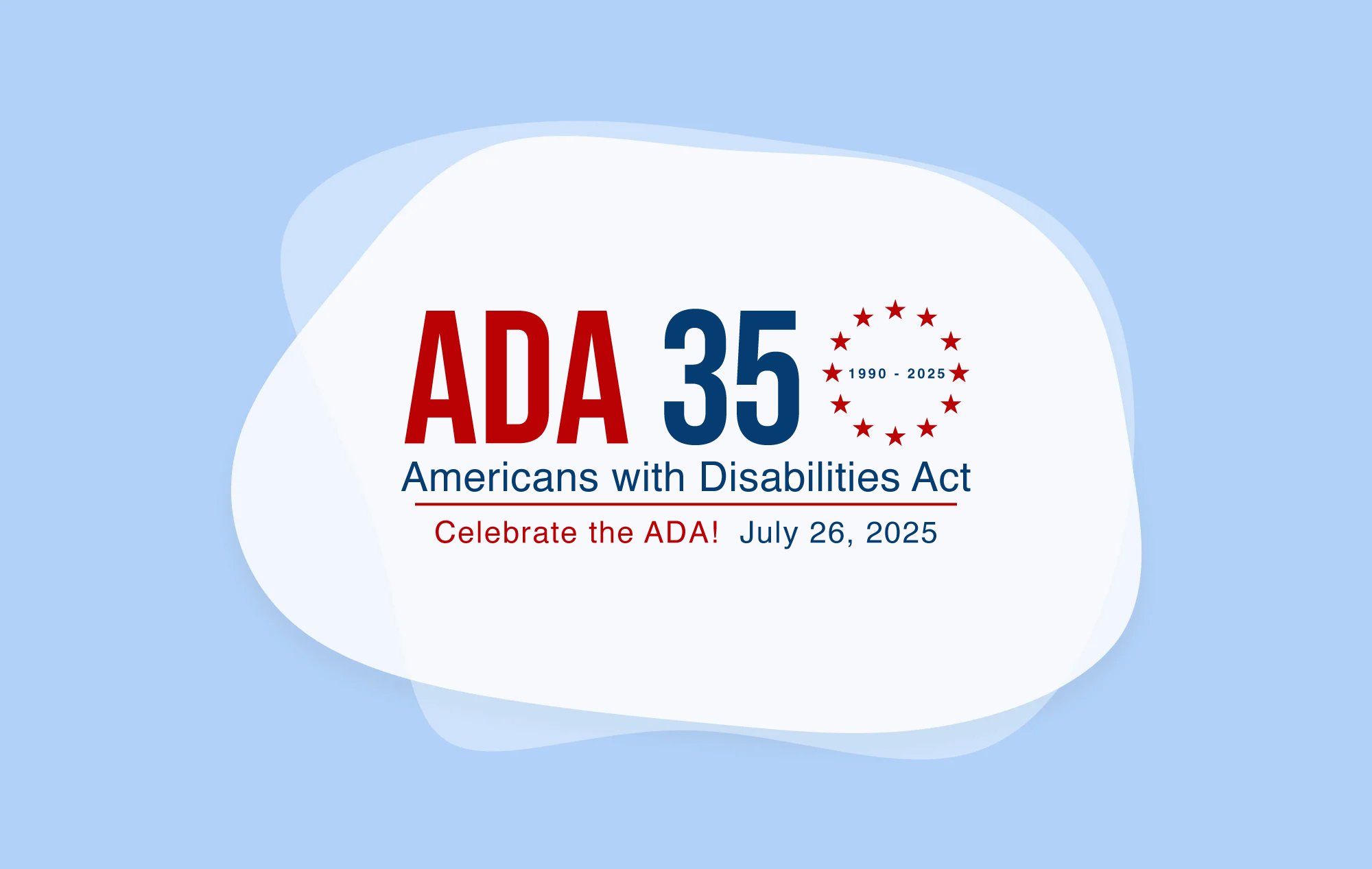inABLE Founder Talks Tech, Opening Doors for People With Disabilities

When Irene Mbari-Kirika held a reading event at the Kenya National Library Service more than a decade ago, she left with an unexpected surprise: inspiration for inABLE, a nonprofit organization that focuses on providing computer assistive technology and training to blind and low-vision students.
Mbari-Kirika had taken about 60 children from her local village to the library in 2008 as a way to give back to her community. Little did she know, the librarian also invited students from the school for the blind located next door. As the kids participated in competitive activities, Mbari-Kirika noticed many of the award winners were blind or visually impaired. Curious about these extraordinary kids, she began asking about their education, opportunities, and their lives after graduation. Unfortunately, their teacher couldn’t give her an answer and explained that due to lack of funding, four students had to share one Braille book.
“I remember before I came back, the teacher, who was also blind, said to me, ‘when you come back to the states, please don't forget us,’” says Mbari-Kirika. “‘When you're thinking about your village, the kids in your village, please think about us.’”
Back in the United States, Mbari-Kirika conducted research on blindness, which led to a call with the Center for the Visually Impaired (CVI) in Atlanta. An employee with CVI sent her tons of literature and wrote long emails on the subject. Six weeks later, Mbari-Kirika traveled to Atlanta to meet the woman and was shocked to learn that she was blind.
“We communicated through email, we called, so I asked her who sent me all those long emails? And then she's like ‘me,’” Mbari-Kirika says.
“And who types for you?” Mbari-Kirika asked, and she replied “myself.”
“And that was my ‘a-ha’ moment with technology.
Because when she took me to her office, I realized she is in her office by herself on her computers,” says Mbari-Kirika, explaining that technology is of utmost importance to people with disabilities.
In 2009, Mbari-Kirika established the first assistive technology computer lab at Thika Primary School for the Blind in Kenya, with an initial enrollment of 100 students. The course taught basic computer skills, enabling students to access applications, send emails, or read newspapers online.
inABLE has since developed eight assistive technology computer labs in six schools for the blind, enrolled about 8,000 students, hired 15 assistive technology computer instructors and interns, and completed 35,000 hours of skills training. As it expands, inABLE is offering more complex classes, including one in which about 10 high school graduates undertake an HTML and JavaScript coding program. Many of the students involved in the program are either hired to work as teachers or go on to higher education.
“My ultimate goal is for businesses to understand the importance of technology to people with disabilities, especially in their products and services, because that is the one space that totally makes things possible,” says Mbari-Kirika, who hopes to train the next generation of developers with disabilities in Africa.
“That's the one space that gives people with disabilities access to something they would otherwise not have access to,” she adds. “And that's the one space that makes people with disabilities independent, not dependent. It brings dignity, and respect, creativity, and anything else you can imagine; the sky's the limit.”
According to the World Health Organization, approximately 26.3 million people in Africa have a form of visual impairment, and 15.3 percent of the world’s blind population resides on the continent. Mbari-Kirika feels this market is untapped, for both employment and sales opportunities. But to tap into these markets, there needs to be educational opportunities and inclusive practices in place, she notes.
“You have to work on your products to make them inclusive to be able to tap into this market,” says Mbari-Kirika. “When you're designing your product, you have to design with people with disabilities in mind. You have to understand their needs and make them part of the process.”
In addition to ensuring products, services, websites, and applications are accessible, business leaders need to examine internal practices, says Mbari-Kirika, who also owns an accessibility consulting firm called Technoprise. She says about 70 percent of disabilities are hidden, meaning some employees may be, unbeknownst to co-workers or leadership, unable to access a company’s intranet, meaning they can’t view their benefits or apply for time off by themselves.
“For companies, we always say you start with the external-facing products, because those are your immediate customers. But don't forget your internal-facing customers, who are your employees,” says Mbari-Kirika. “If you get used to making sure that your investments are accessible products and services, then even all your vendors will align with you and make sure that they're providing inclusive products and services for you.”






Leave a Comment